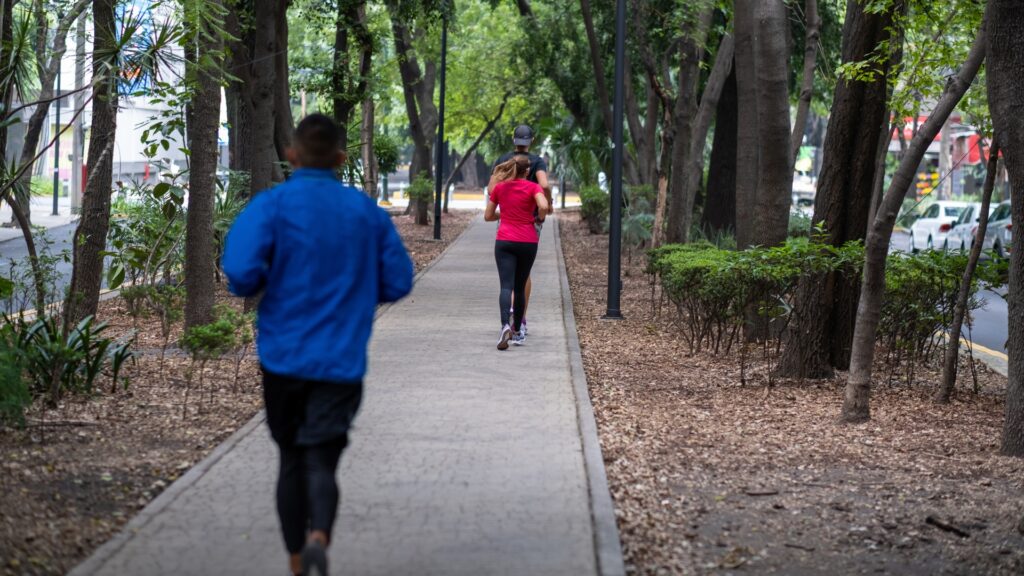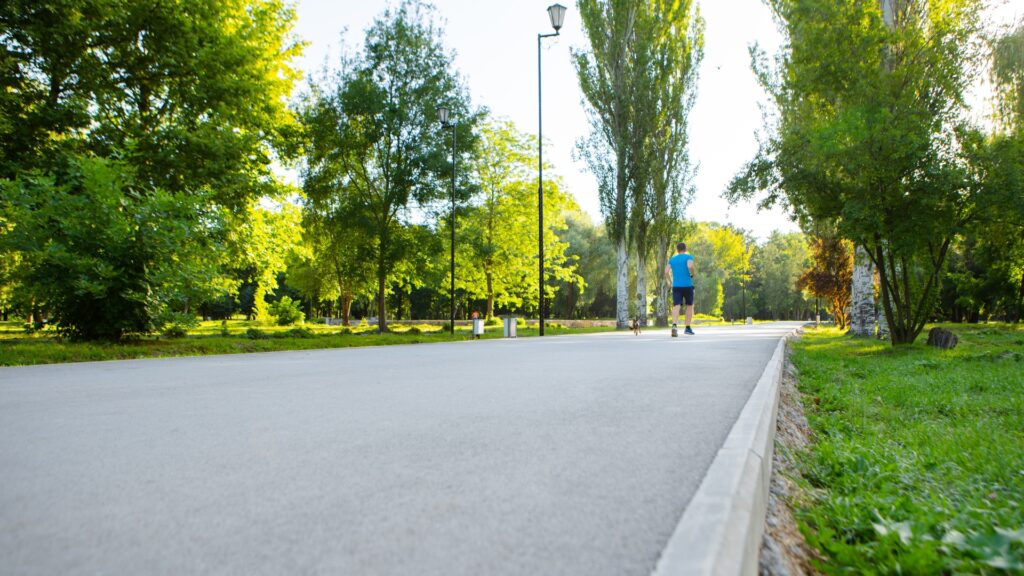Completing a few Parkruns is a fantastic achievement, but what comes next? On this episode of RUN with Coach Parry, we delve into how to step up from a 5km Parkrun to your first 10km run.
While the jump may seem significant, it’s entirely achievable with the right approach. Here’s a comprehensive guide based on insights from running expert Lindsey Parry.

Making the Transition from 5km to 10km
Understanding the Physical Demands
If you’ve been consistently running 5km, your body is likely ready for a 10km run with a bit more preparation. The key is to make gradual increases to your running distance. Lindsey Parry suggests adding just 2-3 minutes per week to your longest run. This slow increase helps your body adapt without overwhelming it.
Gradually Reducing Walk Breaks
In your initial 5km training, you probably included walk breaks. As you prepare for a 10km, keep your training time the same but aim to reduce the amount of walking. For your longest run of the week, still incorporate walk breaks as needed but gradually decrease them over time. This progressive approach ensures your body adjusts to longer continuous running.
Increasing Training Days
While a 5km run can be achieved with minimal training, stepping up to a 10km requires more commitment. Aim to run 3-4 days a week. This increase in frequency will better prepare your body for the longer distance. However, it’s crucial to ensure you’re using the right gear. Invest in a good pair of running shoes from a reputable store to avoid injuries like shin splints or IT band syndrome.

Practical Training Tips
Setting a Realistic Schedule
For beginners, running three days a week is often sufficient. This might include runs on Tuesday, Thursday, and one weekend day. If you have the time, you can add a fourth day. However, it’s important to include rest days to allow your body to recover and strengthen.
Incorporating Cross-Training
In addition to running, consider incorporating some cross-training or strength training. Activities like cycling, swimming, or gym workouts can improve your overall fitness and running performance. This varied training approach helps prevent overuse injuries and keeps your routine interesting.
Making sure you do the correct strength training is important. The good news is we’ve created a free strength training plan for runners that you can download by clicking here.

Importance of Goal Setting
Drawing a Line in the Sand
Setting a clear goal is critical. Choose a specific 10km event and mark it on your calendar. This fixed point gives you a tangible target to work towards and helps maintain motivation. Without a set date, it’s easy to lose focus and skip training sessions.
Consistency is Key
Consistency in training is crucial. Regular, steady training sessions build your endurance and strength more effectively than sporadic, intense efforts. Lindsey Parry emphasizes that consistent training, even if it’s just three 20-minute runs per week, is far more beneficial than irregular, longer runs. This consistent approach reduces the risk of injury and promotes gradual, sustainable progress.Making the leap from a Parkrun to a 10km race is a rewarding challenge that’s within your reach. By gradually increasing your running time, reducing walk breaks, and training consistently, you’ll build the endurance needed for a 10km. Remember to invest in proper running shoes and set a clear goal to keep yourself motivated.



Comments are closed.